Long-term Dienogest Treatment and the Chance of Conceiving With IVF
It is not clear whether long-term treatment with dienogest before in vitro fertilization (IVF) affects pregnancy and live birth rates in women with endometriosis, according to a new study published in the Journal of Obstetrics and Gynaecology Canada. “Given limited…
Key Points Lay SummaryDoes The Severity of Endometriosis Pain Affect the Chance of Having a Baby With IVF?
Severe pain symptoms in endometriosis have no relation with the outcomes of assisted reproductive techniques such as in vitro fertilization (IVF), according to a new study published in the journal Human Reproduction. This finding suggests that the decision-making process for…
Key Points Lay SummaryCan Endometriosis Affect the Chance of Giving Birth to a Live Baby?
Deep infiltrating endometriosis and/or endometrioma diagnosed by transvaginal ultrasound is associated with a lower chance of giving birth to a live baby in patients undergoing their first in vitro fertilization (IVF) or intracytoplasmic sperm injection (ICSI), according to a new…
Key Points Lay SummaryShould I Have Endometriosis Surgery Before IVF-ICSI?
The live birth rate per in vitro fertilization (IVF) or intrauterine sperm injection (ICSI) cycle was significantly reduced in women who underwent surgery to treat endometriosis before the procedures, found a new study published in the scientific journal Reproductive Sciences. “These…
Key Points Lay SummaryEmbryo Morphokinetics of Endometriotic Patients by Time Lapse Monitoring
Many studies showed adverse effects of endometriosis on oocyte quality due to increased apoptosis and dysregulation of molecular pathways related to the development and growth of granulosa cells resulting on developmental arrest in embryos of women with endometriosis. Time-lapse monitoring…
Key Points Lay SummaryModerate-to-severe Endometriosis and "The Cumulative live birth rate" in IVF Cycles
Infertility is one of the major symptoms in women with endometriosis. The incidence of endometriosis is approximately 10% in reproductive-aged women and up to 40-50% in infertile women. There are multifactorial mechanisms resulting in endometriosis-associated infertility such as anatomic distortion, impaired…
Key Points Lay SummaryFirst-line surgery or first-line ART: A real challenge both for the clinicians and infertile women having DIE without colorectal involvement
Deep infiltrating endometriosis (DIE) is defined as the presence of endometriotic lesions over 5 mm in depth under the peritoneal surface. These women suffer from chronic pelvic pain, dysmenorrhea, dyspareunia, chronic pelvic pain, bloody or painful bowel movements, and infertility. There…
Key Points Lay SummaryComparison of different IVF stimulation protocols for pregnancy success in infertile endometriosis patients
Women with endometriosis may suffer from reproductive problems up to an incidence of 50%. Several pathophysiological mechanisms including anatomic distortion, alterations in endometrial receptivity, diminished tubal peristalsis and sperm movements are the most responsible for the development of endometriosis-associated infertility.…
Key Points Lay SummaryOvarian endometriomas, ovarian reserve, oocyte quality and IVF/ICSI outcomes
Surgery and assisted reproductive technology (ART) are the preferred treatments for endometrioma in infertile patients. When ART is considered, surgery may seem to have no advantages, as it may not improve pregnancy outcomes and may carry the risk of decreasing…
Key Points Lay SummaryEndometriosis and the cumulative live birth rate in IVF cycles.
Infertility is one of the symptoms encountered in up to 40-50% of women with endometriosis. There are several pathophysiological theories suggesting the development of endometriosis-associated infertility. Assisted reproductive technology (ART) using in vitro fertilization and embryo transfer (IVF-ET) has been…
Key Points Lay SummaryAre my Eggs Good Enough for IVF?
There does not seem to be any difference in the rate of live births between women with endometriosis who became pregnant following IVF using their own eggs or eggs obtained from a donor. This suggests that oocyte quality may not…
Key Points Lay SummaryDoes endometrioma affect ovarian reserve to reach pregnancy and birth?
Endometrioma occurs in approximately 17-44% of women with endometriosis. These women suffer from dysmenorrhea, dyspareunia, chronic pelvic pain, and also infertility. Although the exact mechanism explaining endometriosis-associated infertility has not been elucidated, distorted pelvic anatomy, impaired ovarian function, altered microenvironment-endometrial receptivity,…
Key Points Lay SummaryLive Birth Rate in Women Who Underwent Fresh Embryo Transfer Using Freshly Retrieved Donor Oocytes
One of the important clinical findings in women with endometriosis is reproductive problems. Infertility can be encountered in up to 50% of women with endometriosis and up to 50% of women with infertility can be diagnosed with endometriosis. Several pathophysiologic…
Key Points Lay SummaryEffect of Endometriosis on IVF Success Rates
Endometriosis lowers the rate of cumulative live births during in vitro fertilization (IVF). However, this is due to a lower number of embryos being available for transplantation rather than their quality. This is according to a study published in the "Journal…
Key Points Lay SummaryNon-assisted reproductive technology treatment: Is it effective in infertile patients with advanced endometriosis?
The marriage and childbearing ages delay due to the life-style changes in developed countries. As a result, advanced age becomes a major concern in infertility treatments which consist of non-ART and ART modalities. Non-ART treatments include mild ovarian stimulation together…
Key Points Lay SummaryFactors that Impact IVF-ICSI Outcomes of live birth
Endometriosis affects women in their reproductive years, which often makes it difficult for women with this disease to reproduce. A paper published in the Journal of Assisted Reproduction and Genetics by Roux et al. from Marseille, France, addressed this issue…
Key Points Lay Summary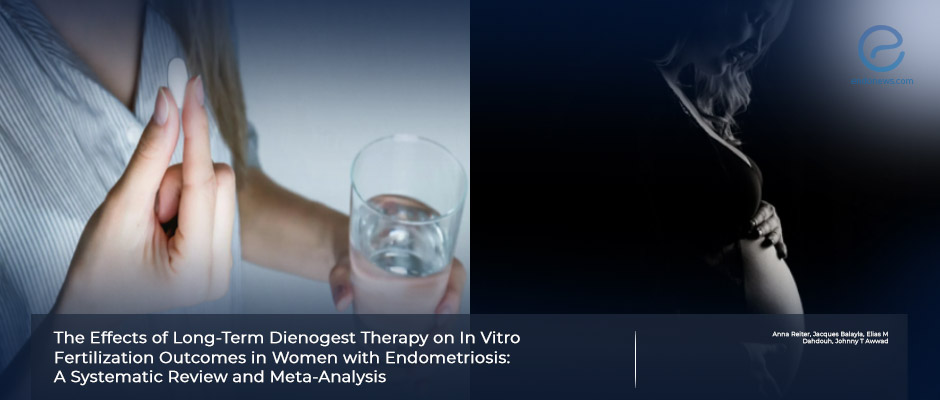
 By Özge Özkaya
By Özge Özkaya
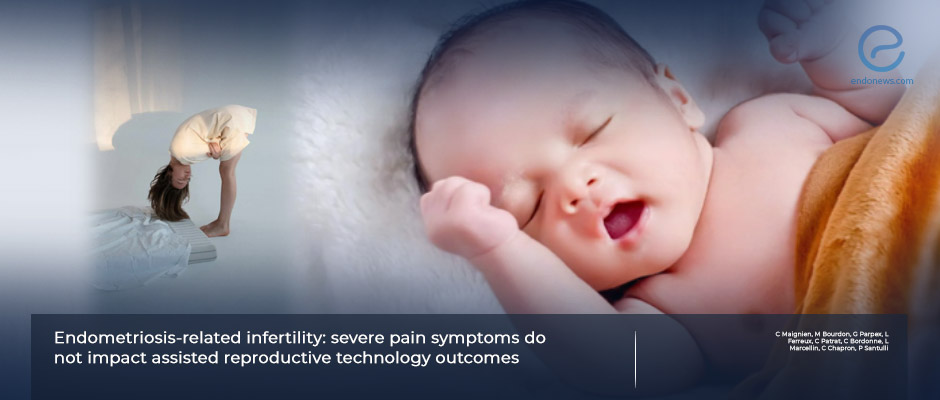
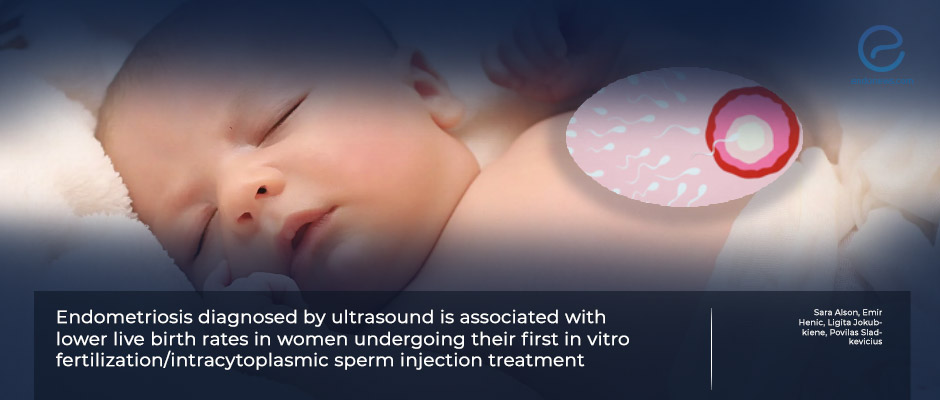
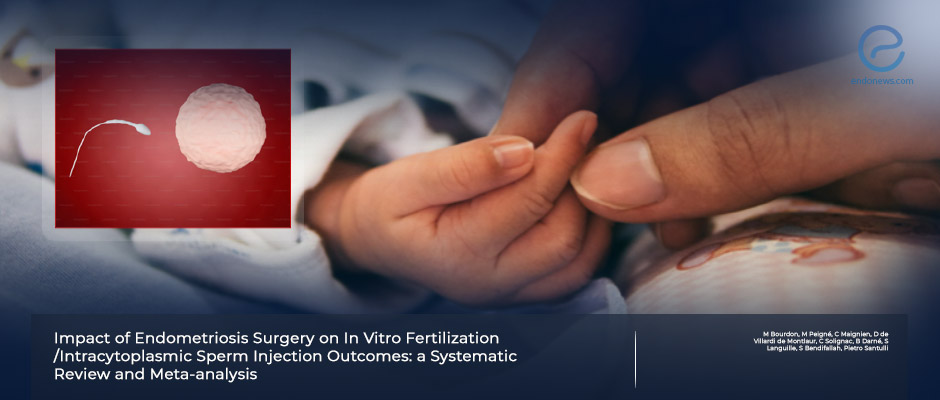
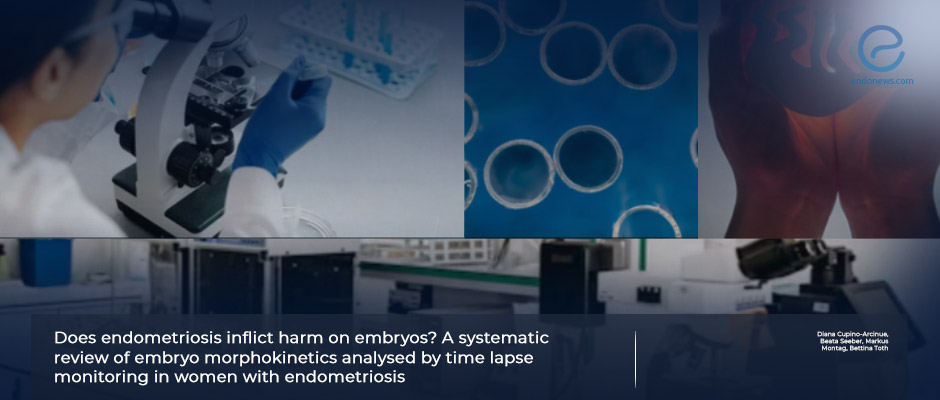
 By Selma Oransay
By Selma Oransay
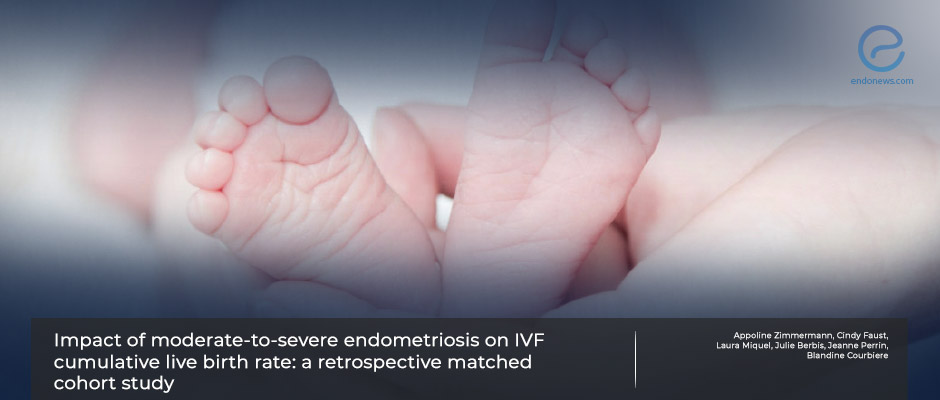
 By Hale Goksever Celik
By Hale Goksever Celik
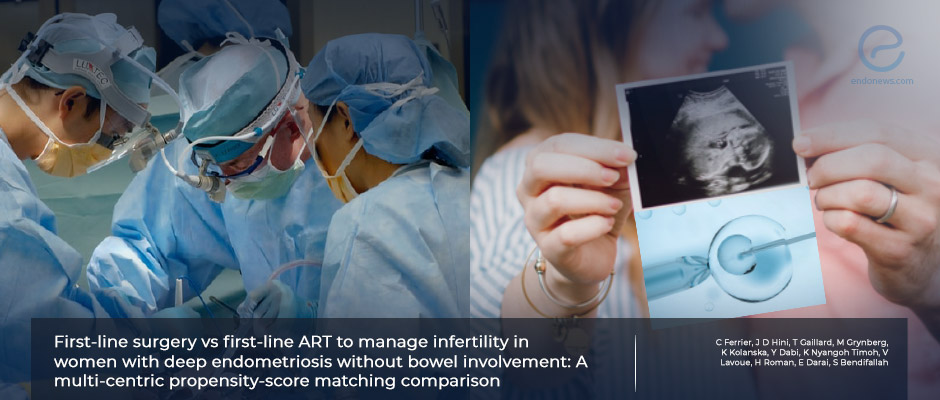
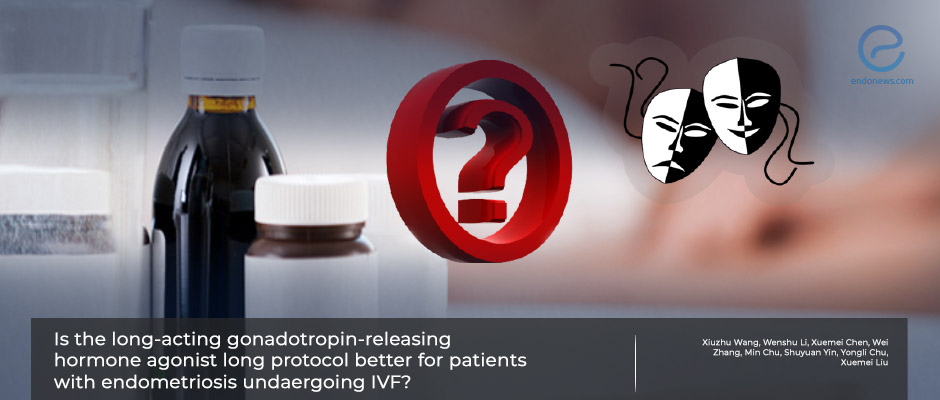
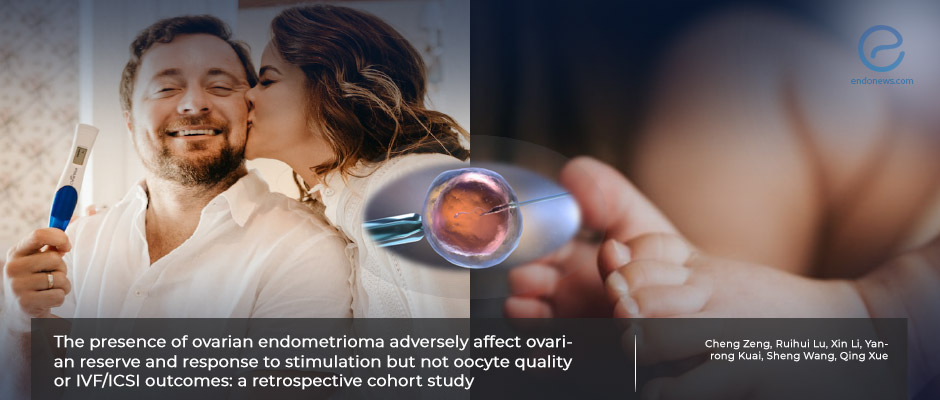
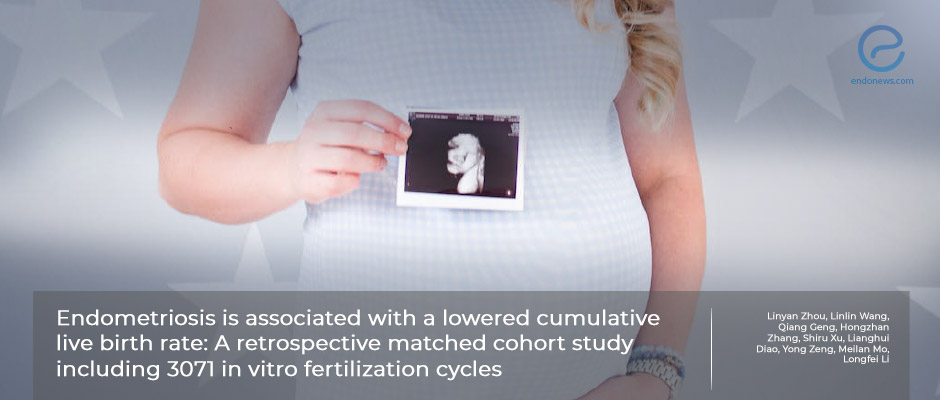
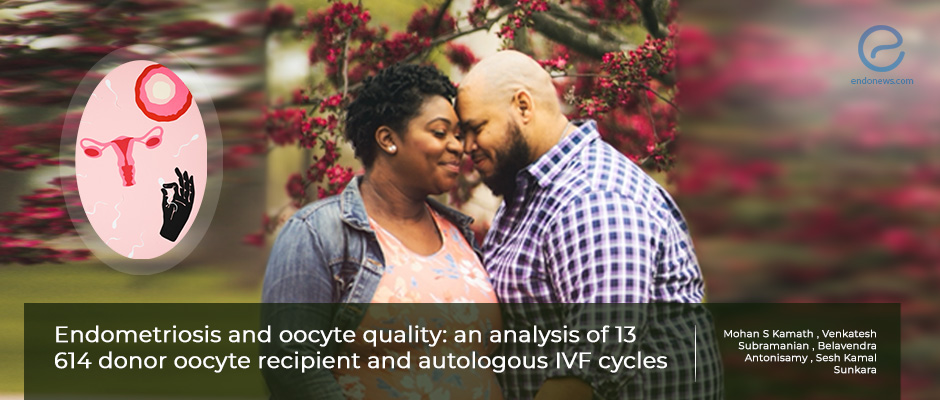
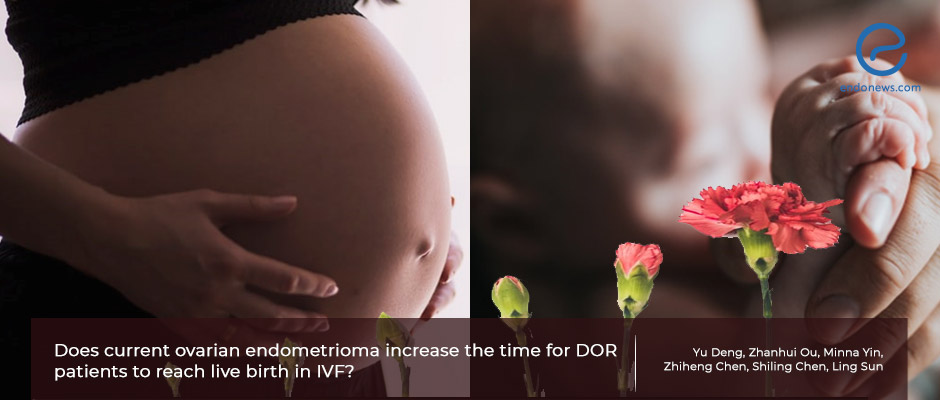
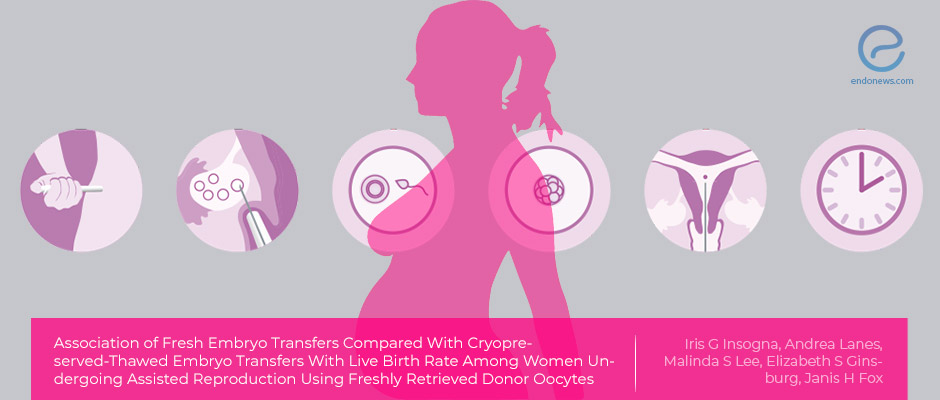
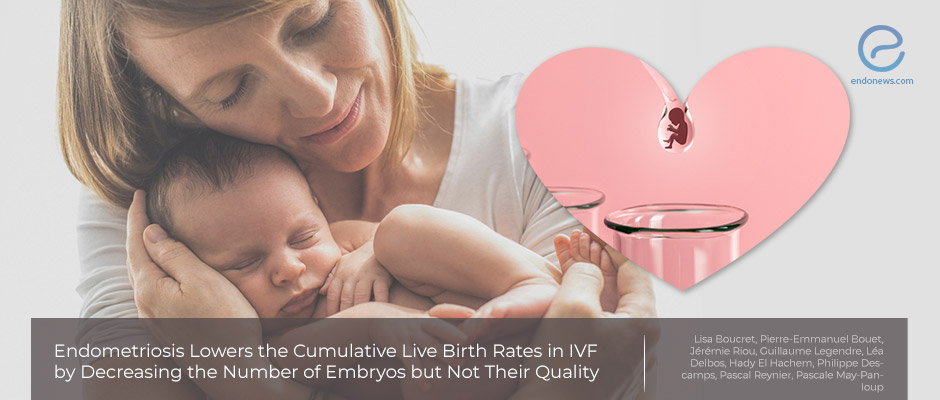
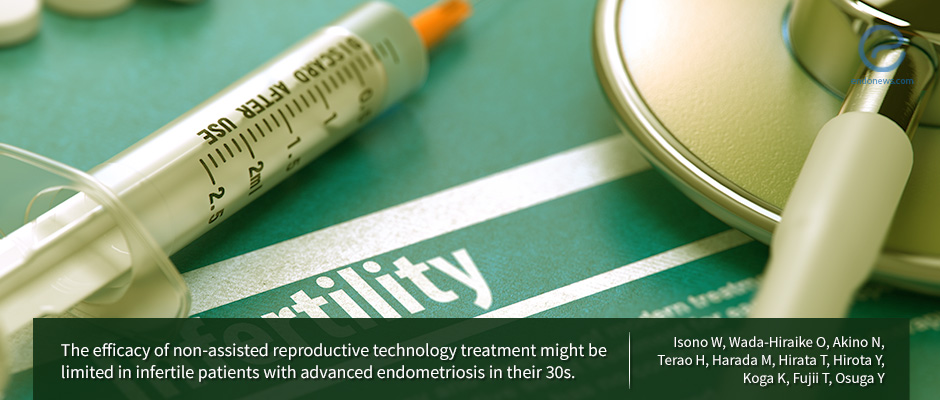
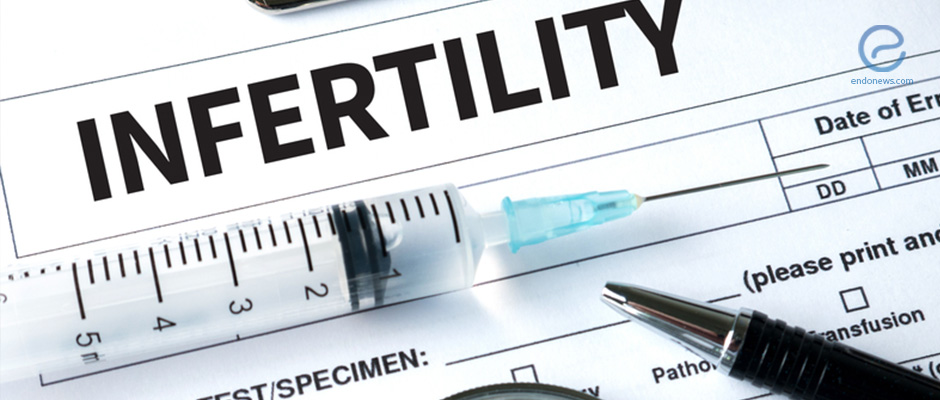
 By Kasthuri Nair
By Kasthuri Nair